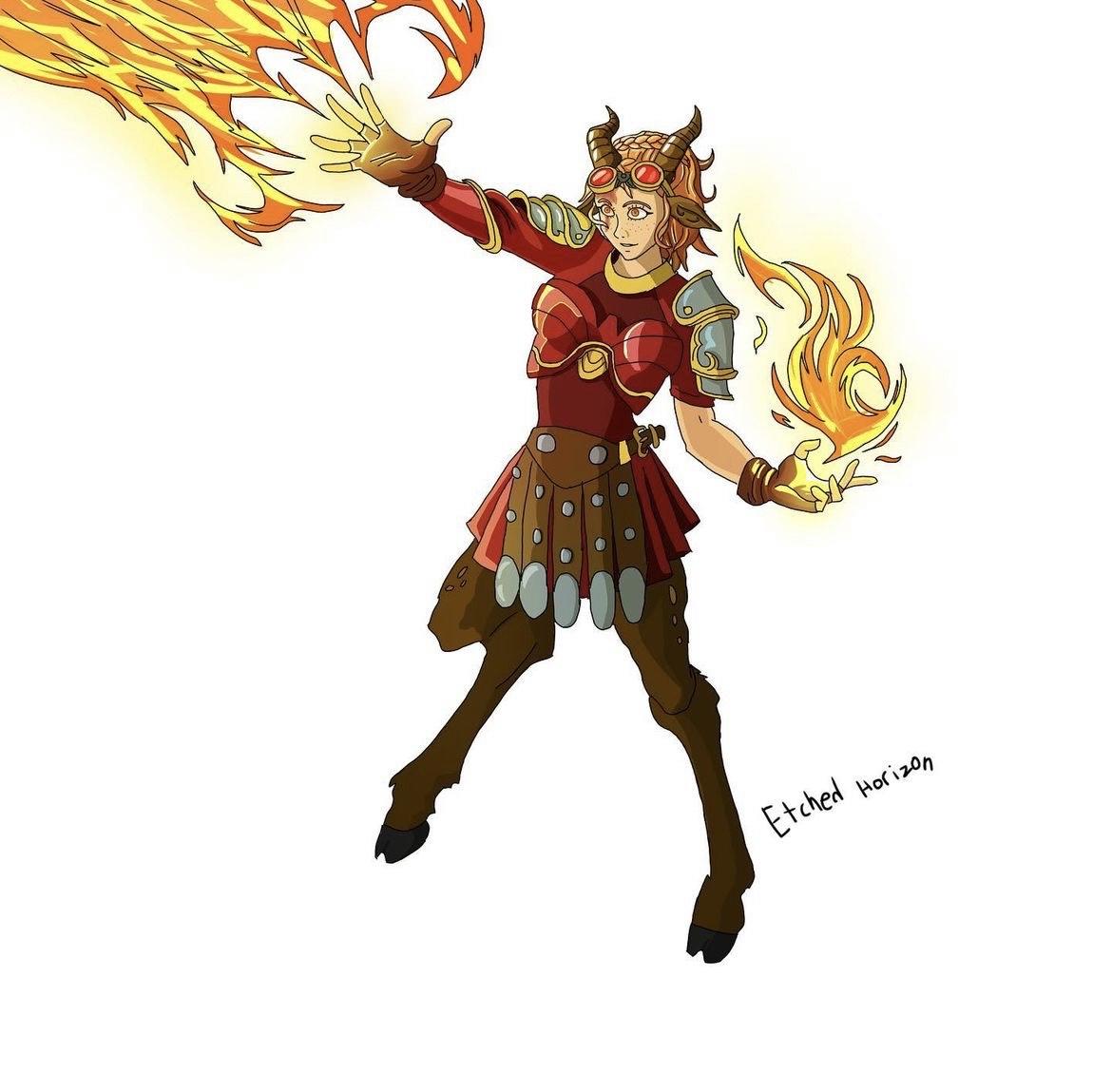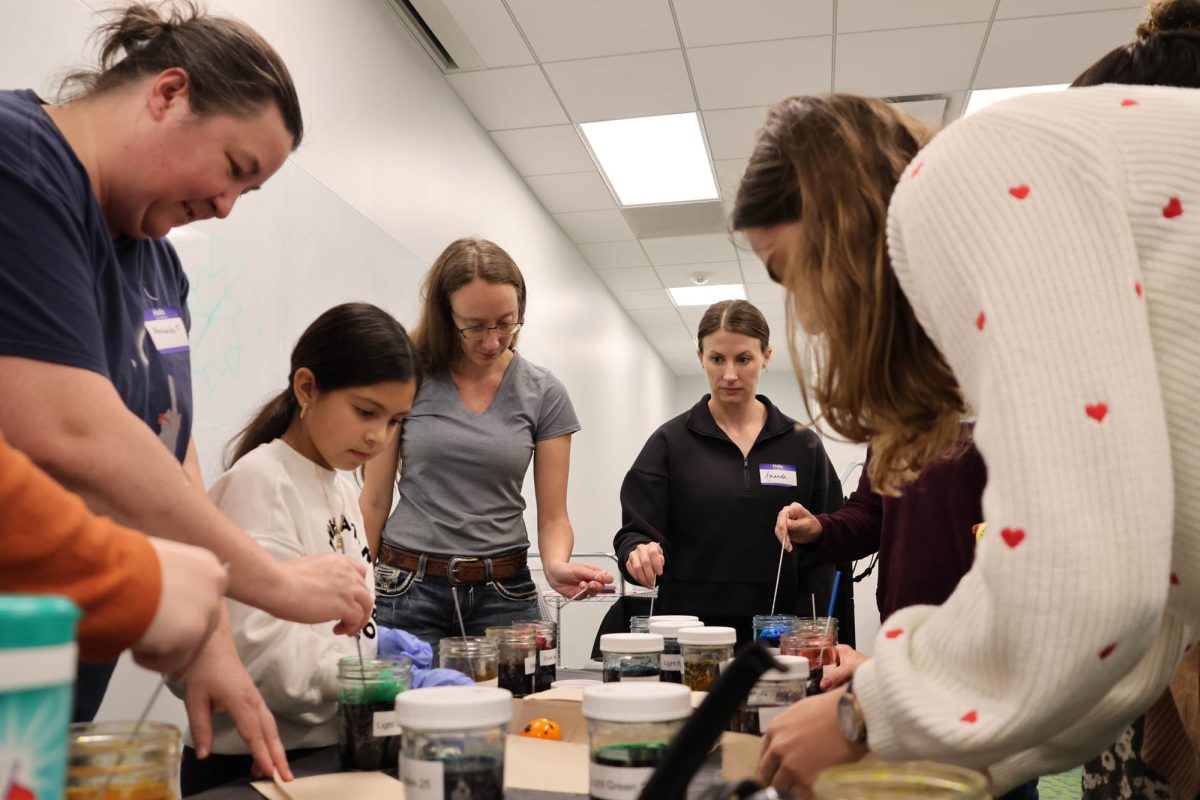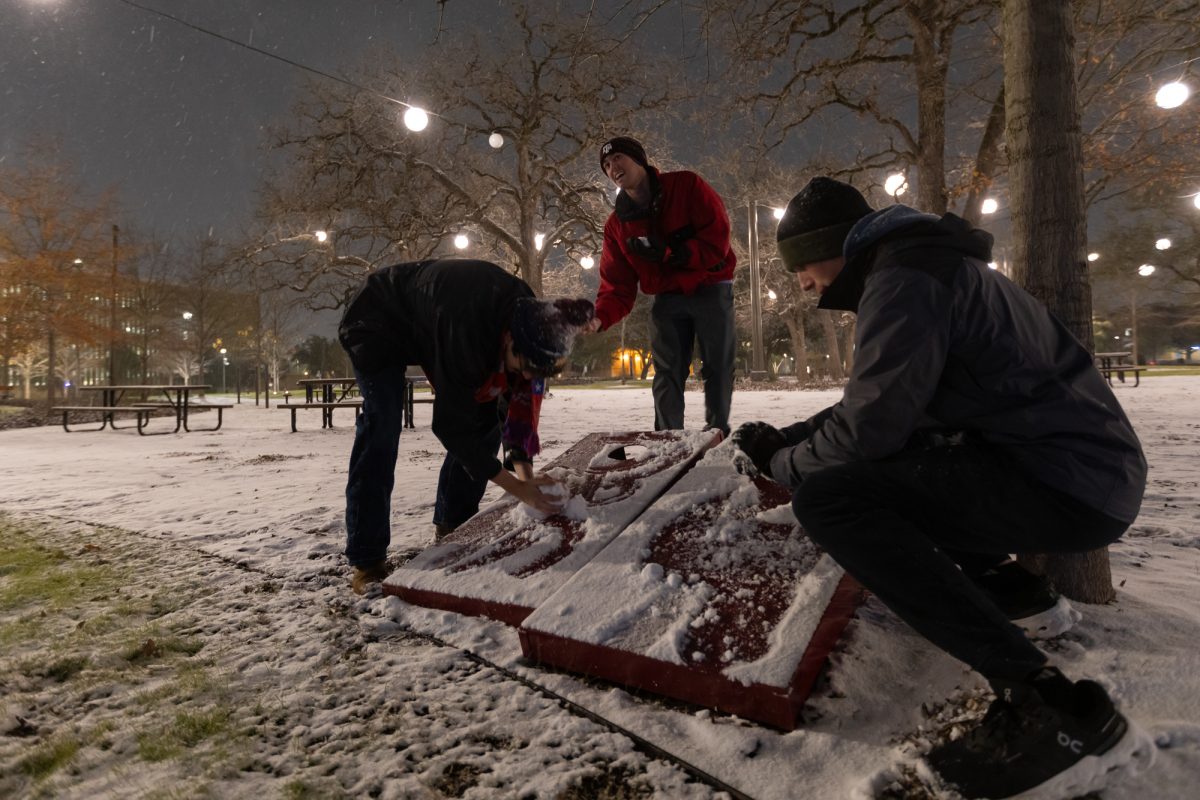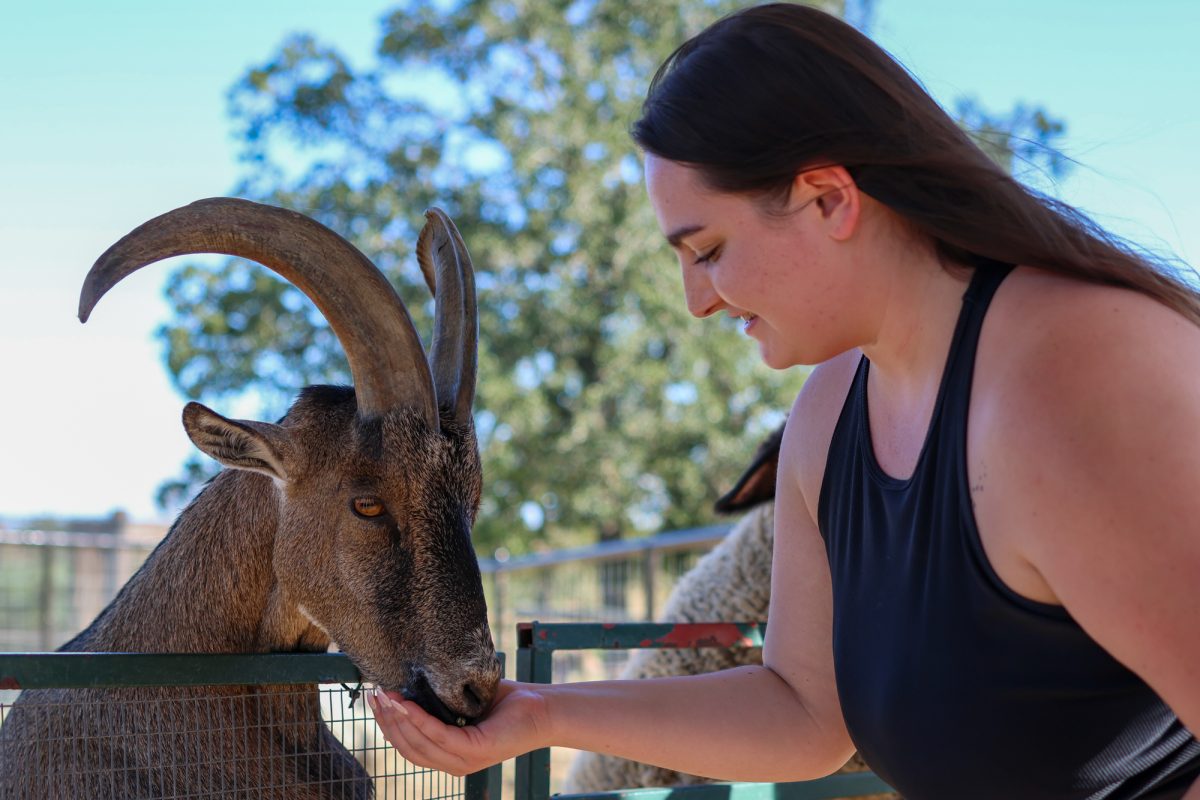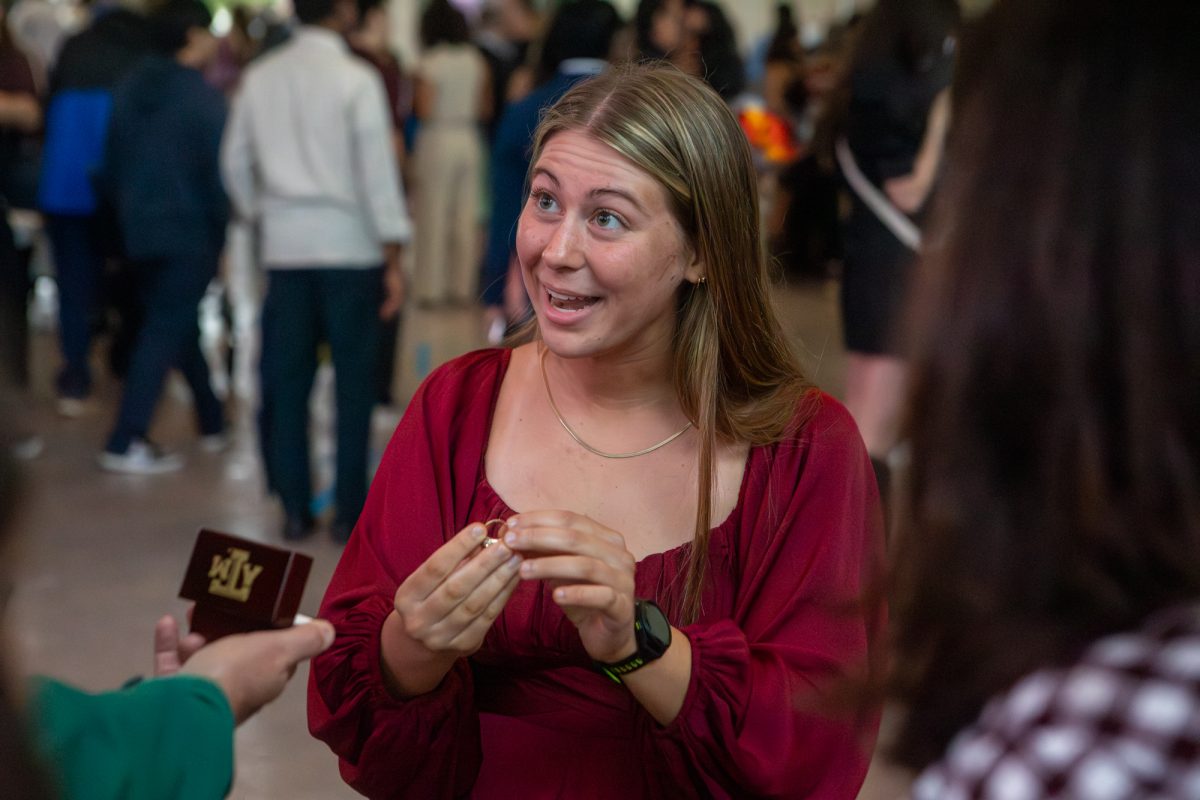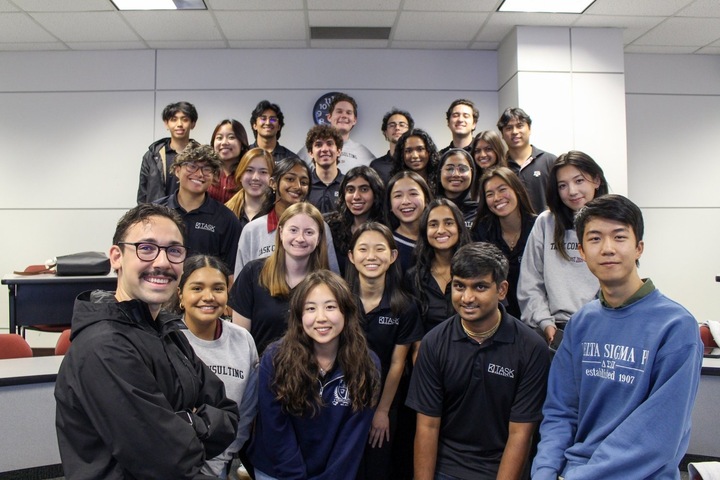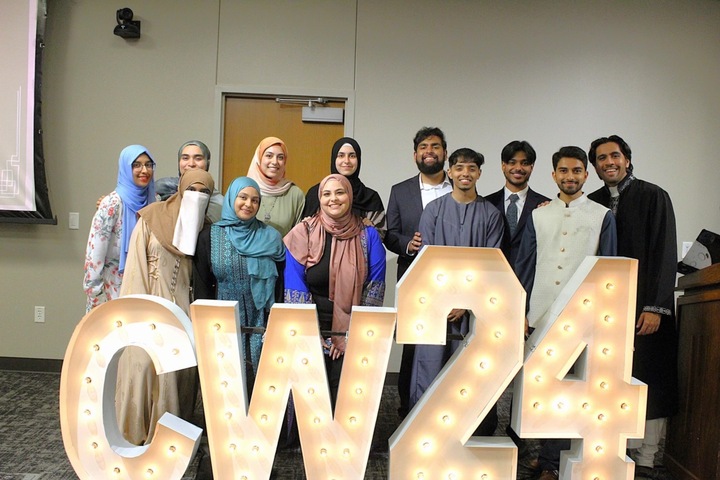Dungeons and Dragons, or D&D, is one of the most renowned fantasy board games with over 50 million players. It offers a unique arena for adventure and creativity as players participate in epic quests of their imagination. Due to the low creative constraints on the game, it has stoked the curiosity of millions of players since its launch in 1974. This is the story of how a fantastical campaign can shape an ambitious passion project in art, designing digital comics and authoring a novel.
Materials science and engineering sophomore Leo Driggers began drawing simply because he wanted to bring his D&D characters to life. He is the dungeon master of the group, designing the concept for each quest so he naturally became inquisitive about his characters. However, since D&D campaigns take place in a fantastical realm, to quench his curiosity he had to take matters into his own hands.
“The world of Cerellia is all my concept,” Driggers said. “My pull into art began because I wanted to draw my characters. I wanted to see what my characters looked like and I figured that I would just have to do it myself. It started out with paper and pen, but as I saw a lot of new artists using digital tools, so I decided to give digital art a shot.”
The magical realm that Driggers created is five years in the making and began when he started playing D&D with his friends. He said he then rehashed a new campaign once he got to Texas A&M in 2021. In fact, his campaign took off with such fervor that he had to create the map of the realm where the campaign was based and resurrect characters from his high school days.
One of the characters that he revitalized and still includes in most of the quests is Rayla, a warm and wise elf who wanders in search of adventure while helping people along the way.
“Rayla is the character that my friends and I love the most, and the campaign I’ve been running has been going strong for a year and a half now,” Driggers said. “It started small with Rayla sending the party on a quest to find a magical fungi that would help grow crops for a refugee camp but then the lore and the quest kept getting bigger and bigger.”
As his campaign grew, Driggers said he began focusing on producing the lore to support each character and the overall realm. Through art, he found that he loved investing himself into his characters and following the unexpected ways in which their adventures developed during his D&D campaigns.
“I spent a lot of time on creating detailed lore for each element in my stories,” Driggers said. “All the characters have Utevekam, which are beautiful markings on their body that radiate the mood of the character. Some characters are more confident while others are shy. Some are better at hiding their emotions and others struggle to hide their emotions like Rayla. It’s like a nonverbal cue that can give insight into a character’s decisions and intentions. Characters from IO also have Taynyyn which are specific magical abilities. They take some unique characteristic of the character and blow it out of proportion to give each power a magical quality.”
Unknowingly, Driggers created a magical world that he wishes to share with other artists and readers through web comics and writing.
“I started the web comics at home one summer evening,” Driggers said. “I challenged myself to draft out one episode. I posted it right off the bat, and then, I started following a two week release schedule. I’m currently on a break as I work on putting together my first novel.”
His latest passion project is writing “Silver Fox,” his first novel that dives into Rayla’s back story. Driggers follows a regimented writing schedule and wants to eventually publish his novel.
“The premise is that after a certain age each elf must leave the Old Wood to experience cultures outside their own,” Driggers said. “They can only return once they learn more about themselves. Rayla leaves the Old Wood, but something causes her to not be able to return and embrace a life of adventure outside the Old Wood.”
Although Driggers has a fleshed-out concept for each quest that his D&D party goes on, he doesn’t force the quest to bend in his planned creative direction. In fact, he said he includes the way the players behave during the game into his novel, so his stories guide the quests and each quest shapes his novel. This results in a refreshing method of writing that leverages the synergy between careful plot planning and the unconstrained development of the story. This begs the question whether allowing art to take a direction of its own can elevate it.




